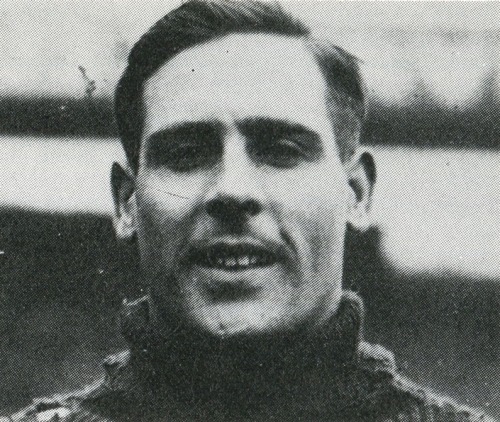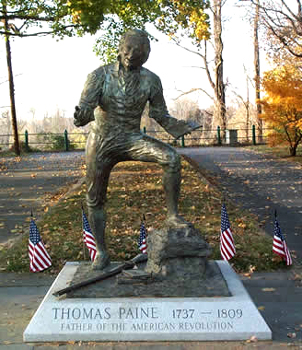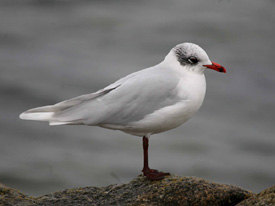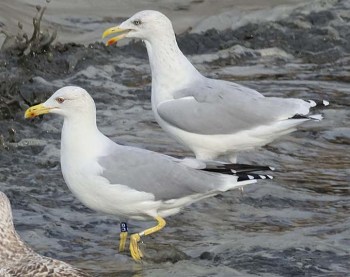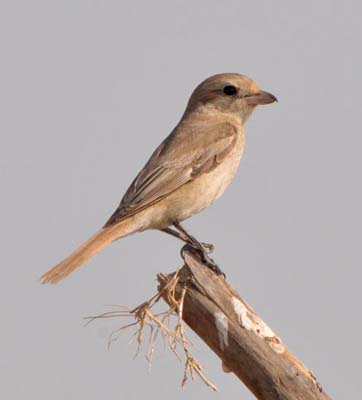In the late spring of 1934, just as Hitler was consolidating his Nazi hold on the German state, Derby County toured Nazi Germany for a series of friendly matches. At the time, two years before the Berlin Olympics, many Britons were still blissfully unaware of the political turmoil unfolding in central Europe, and the frightening rise of the Nazi Party and their shamelessly racist attitudes.
The Derby contingent took a train to Dover and then a cross-Channel steamer to Ostend. They dutifully practiced their Seig Heiling and their Heil Hitlering on the boat:
They eventually reached the German border to find the swastika emblem flying everywhere they looked:
The Germans, to a man, worshipped Adolf Hitler. He couldn’t even go out for a football paper on a Saturday night without bringing the place to a complete standstill:
The four matches which Derby played were all against teams designated as a “German XI”. The Rams lost their first match by 5-2 in Frankfurt but then drew 1-1 in Dortmund. Here are Derby running out at the start of the game. Some of those Hitler salutes could take your eye out if you weren’t ready for them:
Here is a scene thought to be from that game:
Derby lost by 5-0 in Cologne. We have a picture of the team going for a run to warm up before the match:
After two defeats at the hands of the Master Race, Derby triumphed in their last game in Dusseldorf by 1-0.
Here is the start of that game:
On the advice of the Foreign Office, to please Adolf Hitler, all the Derby players had been instructed to give the Nazi salute, with right arms outstretched, just before the start of every single game.
Before his death, at the age of 83 in 1989, Rams full-back George Collin, who was the captain of the Derby County team for the second half of the tour, when full back Tommy Cooper left the party to play for England, recalled how:
“We told the manager, George Jobey, that we didn’t want to do it. He spoke with the directors, but they said that the British ambassador insisted we must.
“He said that the Foreign Office were afraid of causing an international incident if we refused. It would be a snub to Hitler at a time when international relations were so delicate.
“So we did as we were told. All except our goalkeeper, Jack Kirby, that is.”
Jack Kirby was from old South Derbyshire mining stock and he was adamant that when the players were asked to perform the Nazi salute, he, quite simply, would not do it:
“When the time came, he just kept his arm down and almost turned his back on the dignitaries. At the time nobody really noticed and nothing was said. It was only years later, with hindsight, that we can see what he is doing on the photograph. He is a lot better known for it now.”
There is, in actual fact, a famous photograph taken just before one of the matches which proves this very point. Jack Kirby, looks down the Derby County line up with utter disdain. His hands are firmly by his sides, and he looks rather embarrassed. He clearly does not know where to put himself, as he waits for the imminent start of the match. His ten white shirted colleagues all duly salute the Führer.
So Hitler went unheiled by at least one Englishman. And at least one Seig would remain equally unheiled:
And here is Jack the Hero anti-Nazi Fighter in close up:
Jack Kirby may have been a rather lackadaisical character to be the goalkeeper of a top First Division team, but he was not slow to stand out from the rest. He was not slow to make sure that he would not be the good man who did nothing and let evil prosper. He refused adamantly to kowtow to the Fascist bully-boys:

Jack Kirby left Derby County in August 1938 he became player-manager of Folkestone Town, a position he held until August 1939. And then war broke out.
And million upon million of innocent people were slaughtered. Many of them children. How different it might have been if one or two people with real power had done something when they had the chance and not just stood idly by, giving evil the chance to prosper.
Never again.








